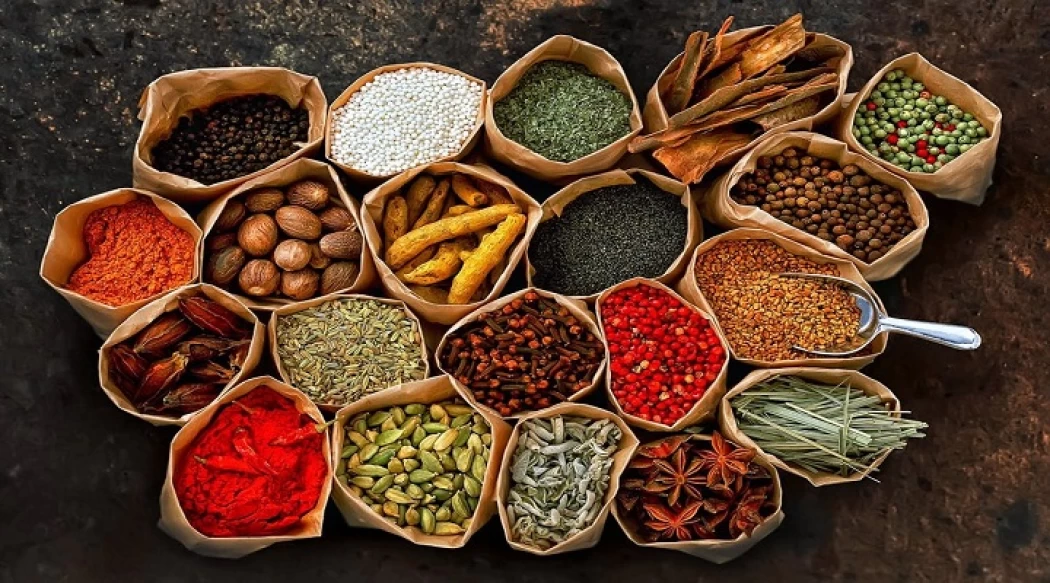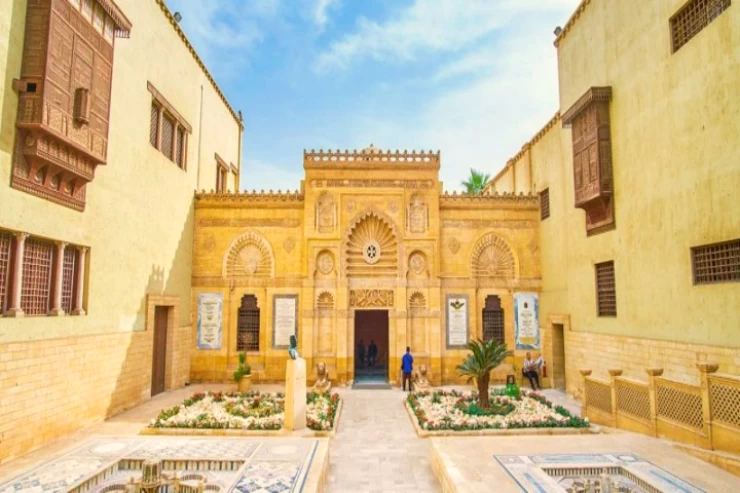
Traditional ancient Egyptian medicine
Traditional ancient Egyptian medicine
The Egyptian doctor in the Pharaonic era and after enjoyed a high status; he was viewed with all dignity and respect. Doctors were divided into four categories; the first of which were the priest doctors, who combined knowledge of religious texts, rituals and drugs, and were on the side of knowledge and experience, and considered themselves intermediaries between the patient and the healing god. As for the second category, it was the category of the doctor, who was called "Senu", and the name did not distinguish between the ordinary doctor and the veterinarian in the texts.
The third category is for assistants, and there is evidence of the presence of nurses, specialists in bandages and massage, and they were called “awt”, meaning “responsible for bandages”, and some of them were for the living and others for the dead (i.e. mummification). As for the fourth category, they are veterinarians, and a group of veterinary medical papyri was found in Lahun (near Fayoum) for treating the eyes and teeth of calves and dogs.
In ancient Egypt, doctors were distributed among institutions and houses, including the doctors of the Pharaonic court, government houses, and the army. The doctor attached to the palace treated the Pharaoh and his family, and of course the Pharaoh’s doctor was the most famous and skilled, and rose to the rank of scholars.
One of the most famous pharaohs' physicians was Imhotep, whose name means "he who came in peace." Imhotep is considered the most famous physician of ancient times, and he was also the architect of Djoser, for whom he built the Step Pyramid in Saqqara. In addition to being an architect and physician, he was also the chief astronomer. Imhotep's fame lasted from 2500 BC until 550 AD.
In the various eras after that, there appeared medical figures who influenced the field of medicine, including in the Hellenistic (Greek) era Herophilus - the most prominent medical scientist in Alexandria, the anatomist, who conducted research on the brain, nerves, liver, lungs, and reproductive organs.
Around 280 BC, Philinus founded a new medical school in Alexandria, called the Experimental School. Philinus was a student of Herophilus, and believed that medicine was concerned only with treating diseases, without examining their causes. Professors of medicine and surgery continued their activities in Alexandria, and this ancient capital maintained its fame in this field, at least until the late fourth century AD, when Ammianus Marquinus wrote that it was enough for a doctor to prove his skill by saying that he had studied in Alexandria. The great number of people who came from all over the world to study medicine is evidence of Alexandria's position in the world of medicine.
















